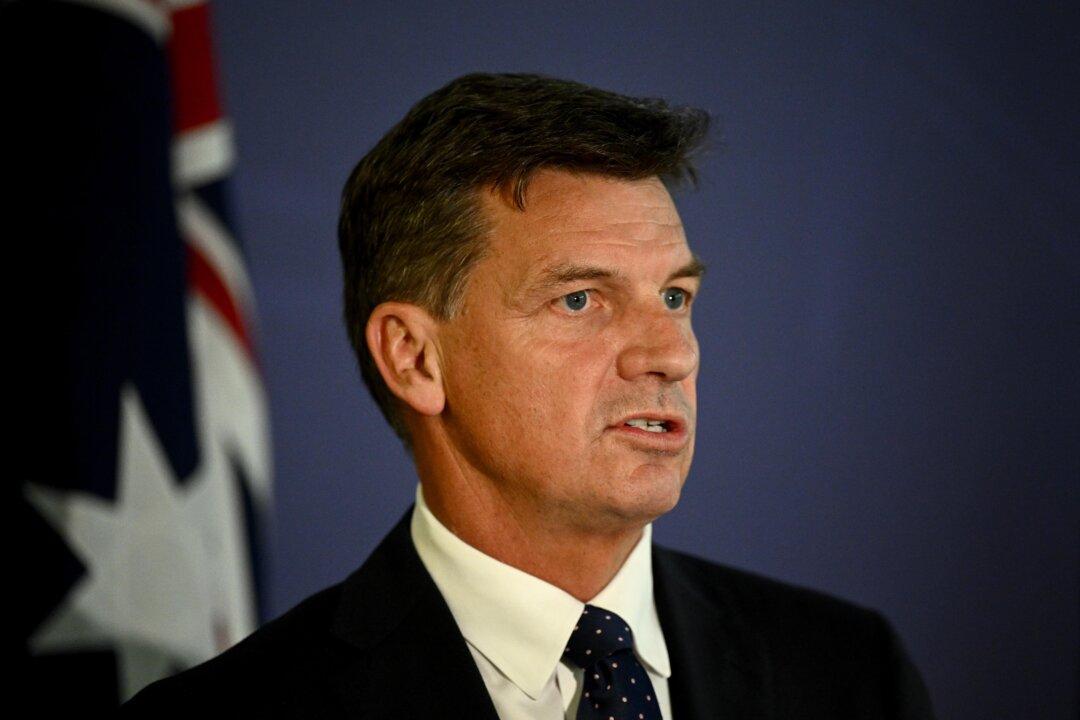On the day the Albanese government celebrated its second surplus budget, Shadow Treasurer Angus Taylor called it the “biggest spending, biggest taxing government in Australian history.”
“Taxation since Labor came to power for the year just past is up $104 billion and the vast majority of that they have actually spent,” said Taylor in his first reaction to the budget numbers released by the government on Sept. 30th.





